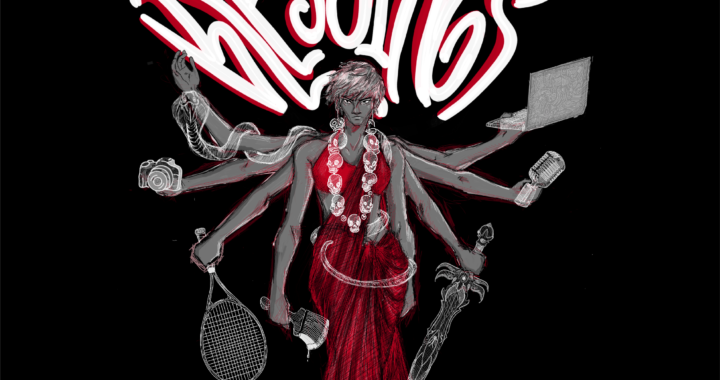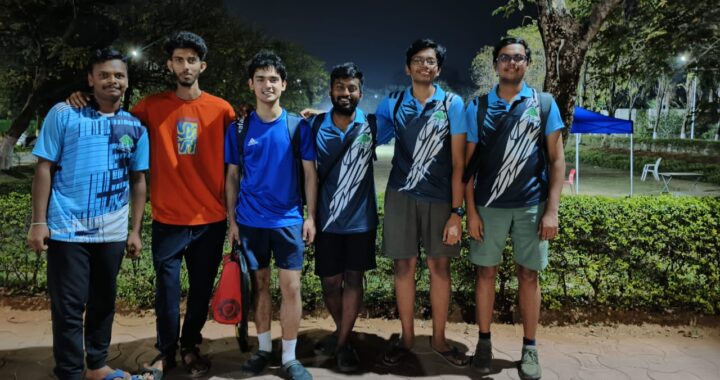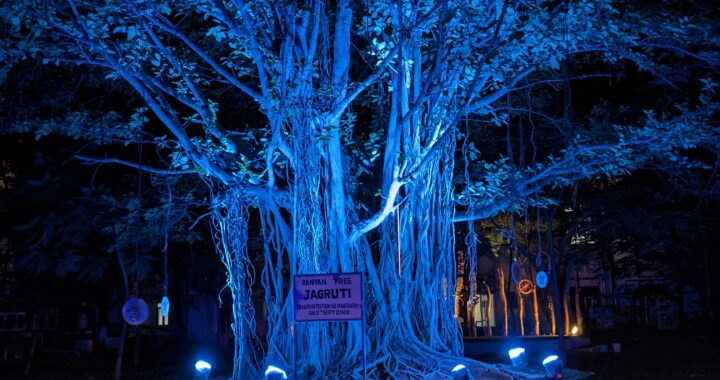Campus spending trends


Designed by Vishva Saravanan
Premise
The Spring 2018 semester saw the stalls in and around JC move to the area near the basketball court. This led to a decrease in JC visits from female students. Since IIIT students are known for their laziness, we assumed that since JC was closer to Parijaat, girls were more likely to spend more money than boys on JC drinks. However, to our pleasant surprise, this was not the case. So, campus spending trends were even among genders, but is it the same across batches? We put out an anonymous form and here are the results.
Now, since this form was spread by pestering messaging people across common friend groups, this data should be taken with a pinch of salt and it might not represent the entirety of the campus. Obviously the entire student population could not be polled and this might lead to biases in the data.
What would you assume was the thing that most people on campus spend their money on? Food seems like the most appropriate answer. However, how exactly is this distributed amongst eating out, canteens, leisurely activities, going out, etc? Do most people end up spending their money at JC or BBC? Or do they spend more on ordering out? A surprising(?) revelation was that around 60% of the students spend between 500 and 2500 rupees a month ordering out for food.
What if you were to add the amount spent on your daily Oreo Shake and Maggi in the canteens? The number increases to a very high 75% of students. This speaks volumes about the quality of the mess and the fact that three out of four students are willing to spend huge amounts to satisfy their cravings. That being said, eating out is better than eating at the mess, but the amount that students spend eating out is quite considerable and drives home the long-standing feeling that the mess is not upto the mark.
We surveyed students from our college – responses from 137 students across 4 batches(37, 21, 53, 26 students in each batch respectively) and we found that the responses were quite interesting. It is not just food that burns holes in the students’ pockets. Many students spent quite a bit of money on items for recreation. The ban of coke and other hard soft drinks in the campus also caused students to look outside for their beverages which further emptied their wallets.
IIIT is lucky to be located in Gachibowli, a place where there are multiple eateries. The fact that we have DLF nearby is also a good reason why people look outside to satiate their hunger. However, IIIT students are more inclined to order than head out for their food. This is most likely because of the fact that ordering is cheaper because of the massive discounts that apps like Swiggy and Zomato have to offer or maybe we as a community are lazy. Although the percentage of students in the range 500-2500 rupees per month is the same(60%), the split is more towards an expenditure of less than 1500 rupees per month(47%).
Is there a major difference in spending trends across batches?
It would not be incorrect to assume that as the more time you spend in college you spend more money. The freshmen and the sophomore in any college have fewer sources of income and hence they resort to using their parents’ money. This should, hopefully, mean that they spend less than a senior or a junior. The juniors and seniors in a college usually have a high-paying internship and/or other sources of income which allows them to spend a larger amount and far more frequently.
Expenditure on food
It is clear from the data that as the years go by students are more inclined to spend more. It seems like the purchasing power and the aversion to mess food increases the older you get. Only around 18% of the freshmen spend more than 2500 rupees ordering out. On the other hand, almost 40% of the 4th years spend more than 2500 rupees on the same. This percentage slowly increases with around 23% of the sophomore spending in excess of 2500 rupees. An interesting observation is that this number surprisingly drops to 20% for the third year students.
Conclusions
According to Maslow’s hierarchy of needs, food is one of the more important physiological needs. Now, IIIT students are lucky enough to get water and warmth. Food, however, seems to be something that the college is unable to provide to our satisfaction and hence students are left with no option but to buy better food. Only if you could buy sleep, we could be physiologically complete.
Author: Tejasvi Chebrolu
Editors: Abhigyan Ghosh, Deepti Mahesh
Designer: Vishva Saravanan





 Qu’ils mangent de la grenouille! (Let Them Eat Frogs!)
Qu’ils mangent de la grenouille! (Let Them Eat Frogs!)  Tale of Two Cheenties
Tale of Two Cheenties  Peace of mind.
Peace of mind.  Boats and Valorant
Boats and Valorant  Blessings
Blessings  Shivering in the sunlight
Shivering in the sunlight  A perspective on sports in IIIT
A perspective on sports in IIIT  Paintings of IIIT
Paintings of IIIT  The Tale of Jagruti
The Tale of Jagruti  Cleaning up the Mess?
Cleaning up the Mess?
This eating out culture is hard on students from poorer backgrounds. If most friends of such a poor student decree that mess food is terrible, this student is peer-pressured into following suit simply to maintain a social group. Project teams, internship and career opportunities, and pre-exam revisions happen over meals and drinks not in messes and this puts financial strain on the already-vulnerable who simply have no other choice but to join in, even if they feel mess food is tolerable.
One mother of a batchmate complained to me once about how her child is spending so much and wanted me to watch over their spending. I obviously declined to spy but I felt her anguish. All that the institute can do is make the messes a little cleaner but it has to be a student-led group like Ping to raise awareness and break down this toxic culture.
When I was a student at IIIT, I went an entire semester without spending a single rupee outside of the fees paid for the mess and hostel (none for even travel and stationery). I ate all 3 meals everyday at the messes. In all years I spent as a student, when I was in the city, there were less than 5 times when I skipped a meal or ate at a restaurant or ordered food.